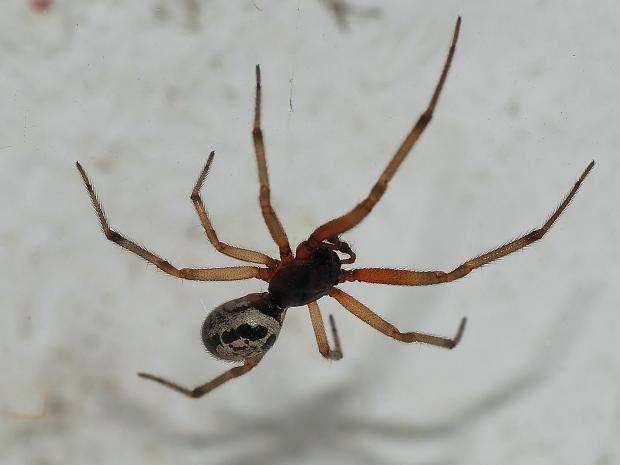False widow spiders set to invade British homes this winter
The species is believed to have arrived in England as a stowaway critter on cargo ships in the late 1800s

Your support helps us to tell the story
From reproductive rights to climate change to Big Tech, The Independent is on the ground when the story is developing. Whether it's investigating the financials of Elon Musk's pro-Trump PAC or producing our latest documentary, 'The A Word', which shines a light on the American women fighting for reproductive rights, we know how important it is to parse out the facts from the messaging.
At such a critical moment in US history, we need reporters on the ground. Your donation allows us to keep sending journalists to speak to both sides of the story.
The Independent is trusted by Americans across the entire political spectrum. And unlike many other quality news outlets, we choose not to lock Americans out of our reporting and analysis with paywalls. We believe quality journalism should be available to everyone, paid for by those who can afford it.
Your support makes all the difference.False widow spiders are set to invade British homes this winter as they search for warmth, experts are warning.
With temperatures diving as low as -7C across the UK this weekend, some Britons have already started spotting the eight-legged critters in their homes, taking to social media to tweet photos of the arachnids.
“Outch. I got bitten by a darn false widow spider in the night. So painful,” one Twitter user wrote earlier this week.
The venomous insect, which has been in Britain for the last 130 years, is a cousin of the deadly black widow spider, but unlike its close relative, its bites are not fatal to humans.
There have been isolated cases of people needing hospital treatment after being bitten, but generally, symptoms are typically limited to pain around the bite and swelling. Most serious cases are often due to an allergic reaction to the spider’s venom.
The false widow, or steatoda nobilis, is native to Madiera and the Canary Islands. It is believed it may have arrived in England in the late 1800s as a stowaway critter on cargo ships.
It is one of roughly 670 different species of spider present in Britain, according to the British Arachnological Society (BAS).
The spider is widespread along the south coast of England, but has become increasingly common as far north as Norfolk and south Wales, the BAS says.
The organisation has stressed that people should not be alarmed by the arrival of the false widow – and that while it is venomous, serious bite injuries are rare.
“The fact that harm caused by them is very rare should tell you something about how dangerous they really are,” the organisation says on its website, though it advises against trying to handle one of the critters.
To prevent the insects from making your home their own this winter, pest control company Rentokil recommends ensuring your home is not a haven for woodlice, millipedes or centipedes to avoid spiders following their prey indoors, as well as filling in gaps around pipework and entryways and vacuuming regularly to avoid a buildup of cobwebs around and outside the house.
Join our commenting forum
Join thought-provoking conversations, follow other Independent readers and see their replies
Comments